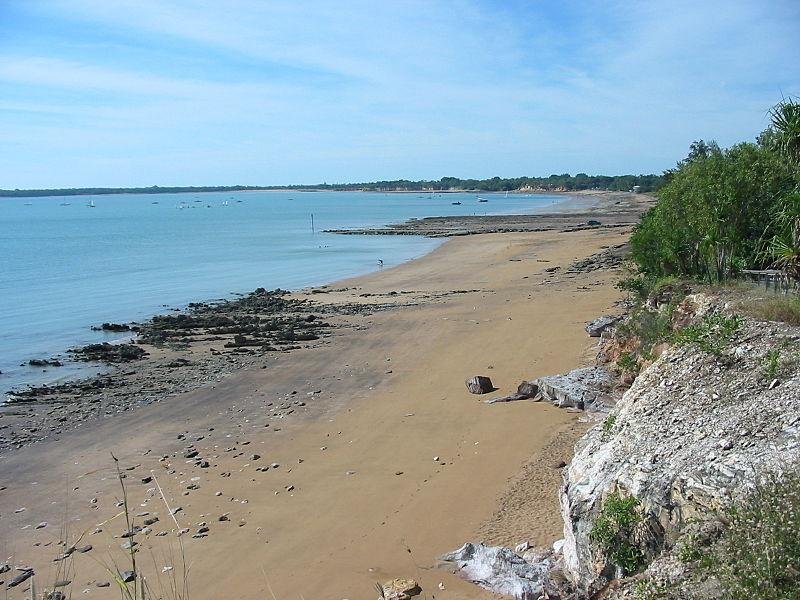Vesteys Beach in the Northern Territory, Australia. (CC/Ken Hodge)
In 1944, during World War II, Australian soldier Maurie Isenberg found five copper coins on a beach in the Northern Territory, and marked the spot with an 'X' on a map.
In 1979, he rediscovered the coins in a tin and sent them to a museum for identification, where they were proved to be 1000 years old, The Age reports.
Australian scientist Ian McIntosh, currently Professor of Anthropology at Indiana University, is planning an expedition in July using Isenberg's map. Archaeologists want to study the site to find whether African seafarers reached Australia, or whether the coins just washed up from a shipwreck.
James Cook "discovered" Australia in 1770 and declared it "terra nullius" and claimed it for the British throne. Historians now know Cook wasn't the first white explorer to reach Australia, and that others arrived as early as the sixteenth century.
The five coins date back to the 900s to 1300s, and were among the first coins ever produced in sub-Saharan Africa. They are from the former Kilwa sultanate, once a flourishing trade port but now a World Heritage ruin on an island off Tanzania.
The trade in precious metals and stones and Arabian, Chinese and Persian goods made Kilwa one of the most influential towns in East Africa at the time.
Isenberg found four additional coins that originated from the Dutch East India Company, one of which dates back to 1690.
During his planned expedition to the Wessel Islands, McIntosh will also be looking for a secret cave Aboriginal legends talk about. This cave is supposed to be close to the beach where Isenberg found the coins, and is said to be filled with ancient coins and weaponry.







